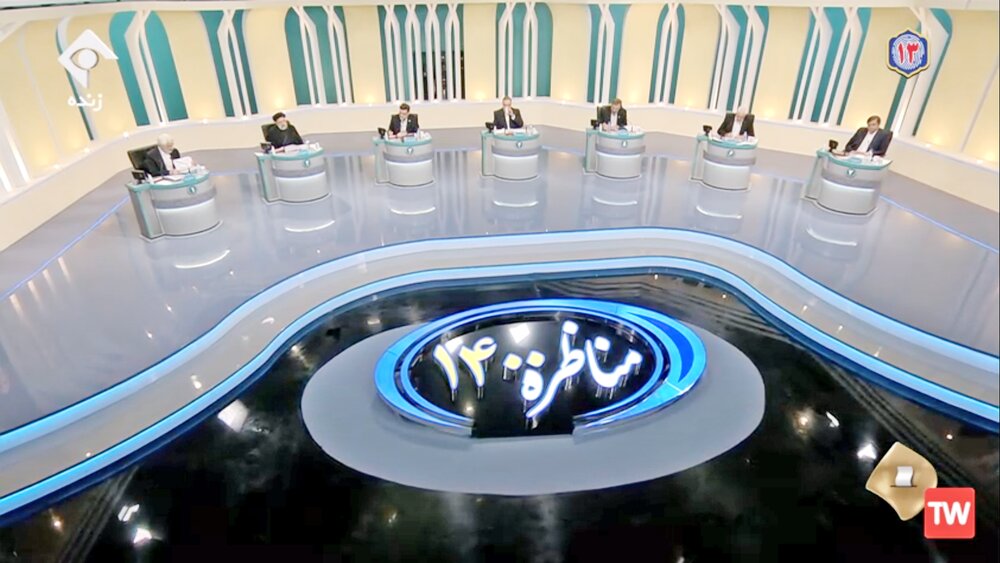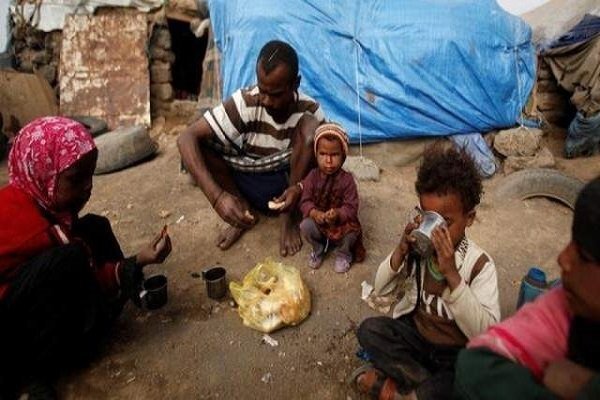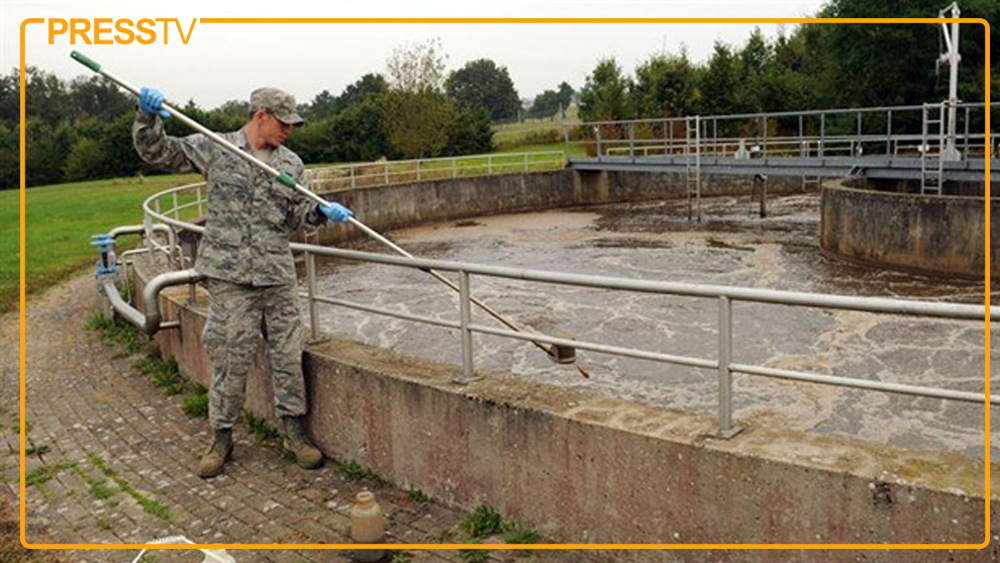At the dead of the night the IRGC rained surface-to surface ballistic missiles on the positions of Daesh in eastern Syria which along with the al-Ahwazia terror group took responsibility for the September 22 terrorist attack in Ahvaz. The missiles were fired at 02:00 on Monday (22:30 GMT on Sunday). They were launched from Kermanshah, […]
At the dead of the night the IRGC rained surface-to surface ballistic missiles on the positions of Daesh in eastern Syria which along with the al-Ahwazia terror group took responsibility for the September 22 terrorist attack in Ahvaz.
The missiles were fired at 02:00 on Monday (22:30 GMT on Sunday). They were launched from Kermanshah, western Iran.
The missiles targeted the masterminds of Daesh on the eastern banks of the Euphrates north of Albu Kamal in eastern Syria. The district is one of last remaining positions of Daesh.
The missiles travelled a distance of 570km (354 miles).
A Syrian opposition group confirmed it had received reports of violent explosions at dawn in a pocket of territory controlled by Daesh, BBC reported. The group said it believed missiles had hit the headquarters of Daesh in the Hajin area.
It is estimated that there were between 1,500 and 2,000 militants in the area.
Col. Sean Ryan, the spokesperson for the U.S. forces in Syria, confirmed the strike but said no U.S. forces “were in danger”.
“Security of the Iranian people is the Armed Forces’ redline and the Guards spares no efforts in maintaining peace and security,” the IRGC said in a statement.
“Our iron fist is prepared to deliver a decisive and crushing response to any wickedness and mischief of the enemies,” the statement added.
Drones also bombarded Daesh positions after the strike, according to the IRGC.
It was the first drone attacks outside Iran by the IRGC.
“According to the received information and precise reports, a number of heads and influential elements of the terrorists were killed or injured in the operation and also their ammunition depot was destroyed,” the statement said.
On September 22, four gunmen attacked a military parade in the southwestern city of Ahvaz, capital of Khuzestan province, killing 24 people and wounding 69 others. A four-year-old child was among the killed.
The separatist al-Ahwazia group issued a report giving details about one of the attackers. Daesh also took responsibility for the shooting and published a video showing three of the gunmen being driven to the military parade in a car.
Amir Ali Hajizadeh, commander of the IRGC Aerospace Force, said, “The terrorists used bullets in the Ahvaz attack but we responded them by missiles.”
Hajizadeh added that the operation was a hard revenge against the terrorists who were supported by the U.S. and certain Arab countries in the region.
Iran has accused Saudi Arabia and the United Arab Emirates of training and funding the al-Ahwazia group.
General Hajizadeh said Iran will continue fight against terrorism by the time the phenomenon is annihilated completely.
Mahmoud Mirlohi, a pro-reform political activist and a member of the Tehran City Council, called the missile attack “essential” and “valuable”. He said that fighting terrorists should be continued powerfully.
Mohammad Atrianfar, a pro-reform political activist, also praised the missile attack as a deterrent action which will bring “valuable results”.
Rear Admiral Habibollah Sayyari, the deputy army chief for coordination affairs, said, “The enemies should be aware that all the Iranian people are determined in defending their country and respond to any threat.”
It is the second time that Iran is targeting Daesh positions inside Syria. In June 2017, the IRGC fired missiles at Daesh after the group carried out an attack on the Majlis (parliament) in Tehran and the shrine of Imam Khomeini.





























